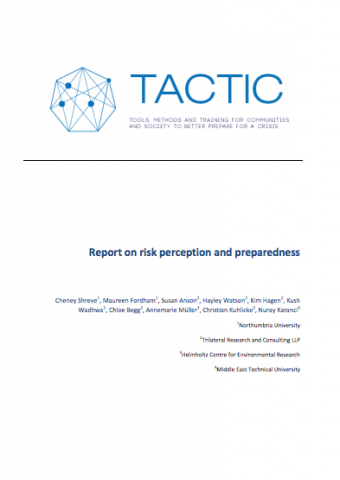Integrating Climate Change into City Development Strategies
The guide is intended to be of particular benefit for the following groups: • Planners working in local governments cities in lowand middle-income countries that are developing a City Development Strategy, have some knowledge of climate change and want to integrate this aspect. • City planners working in local governments who have developed a City Development Strategy and have integrated […]
Integrating Climate Change into City Development Strategies Read More »




